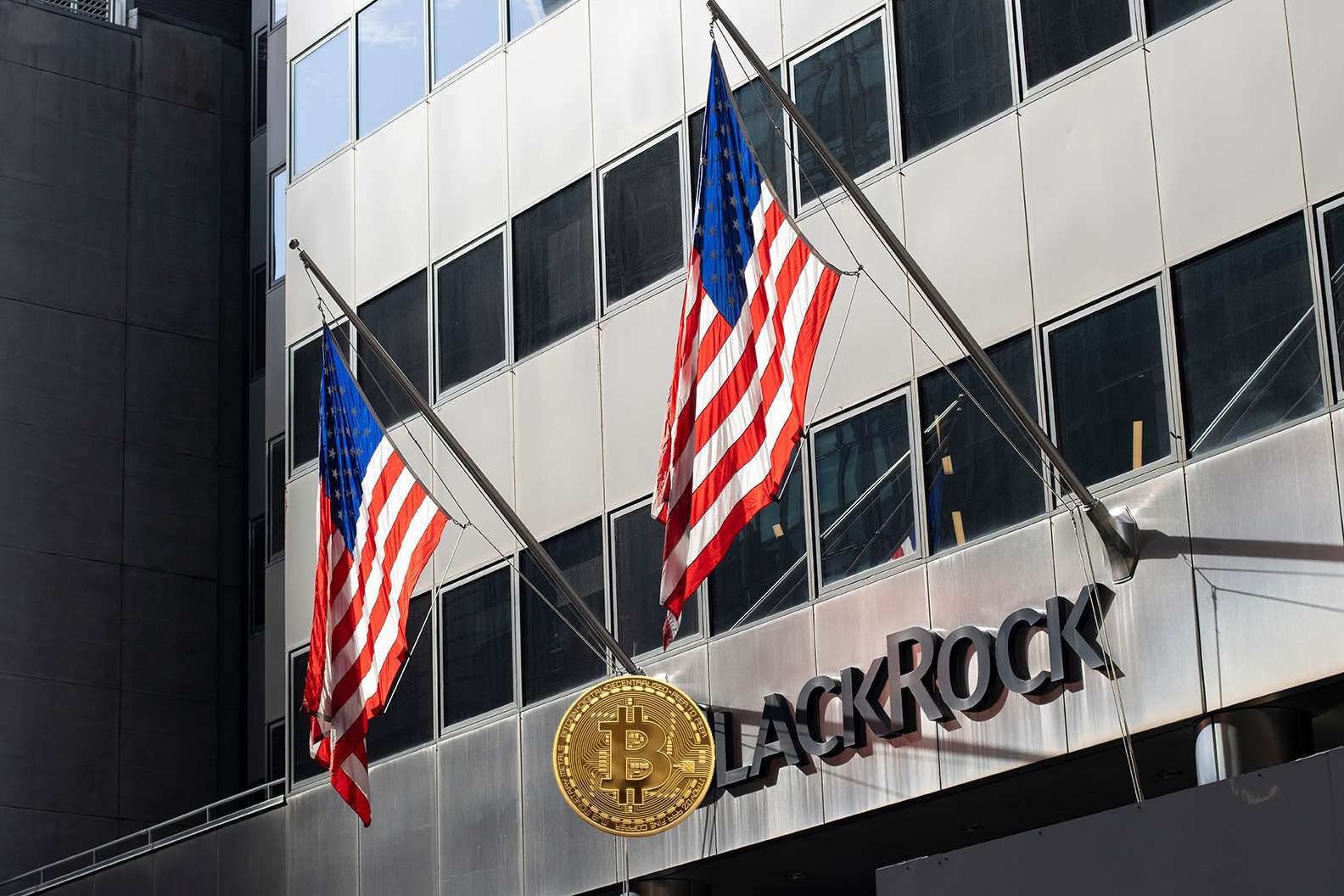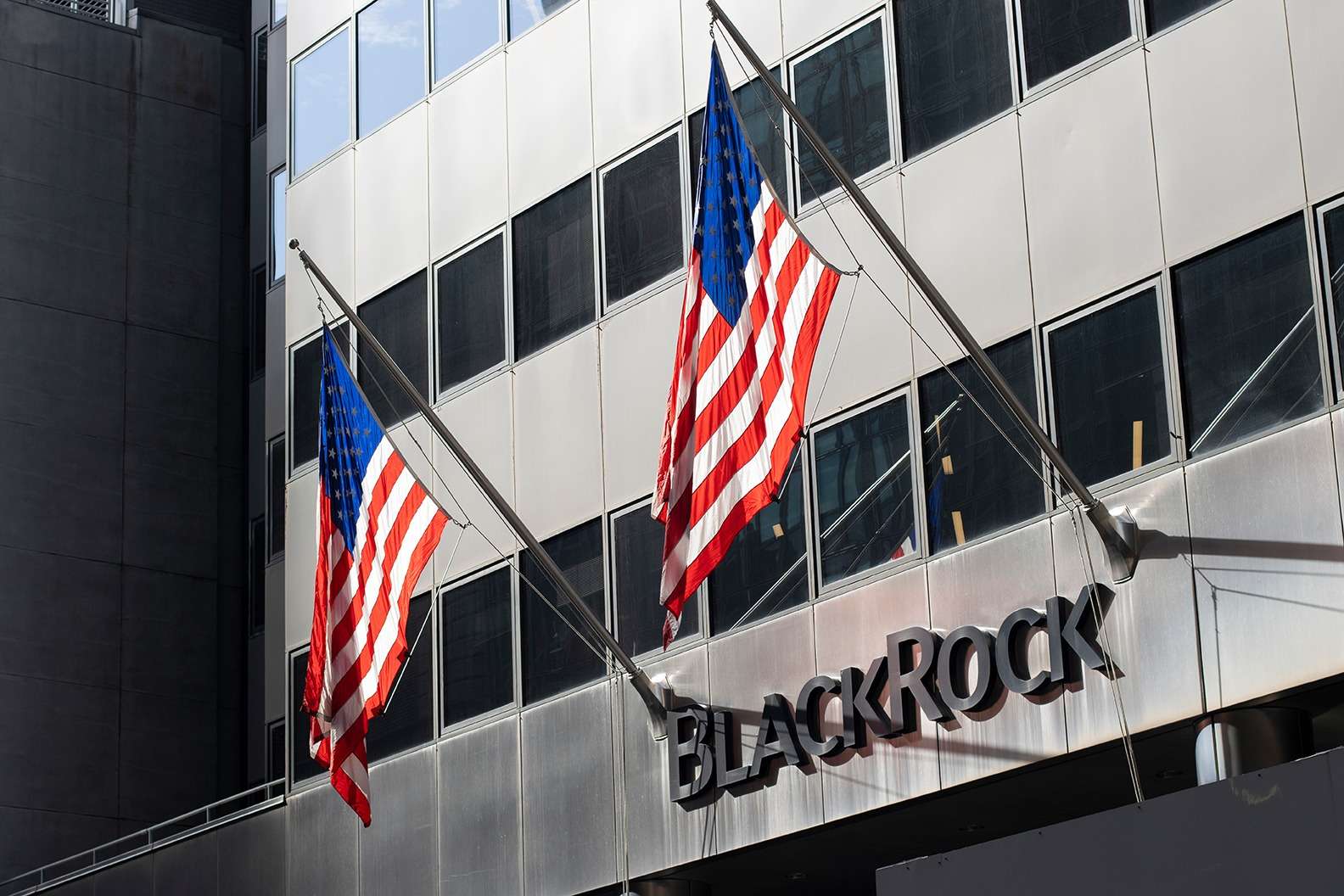“Stablecoins do not disappear under regulation — they become infrastructure.” — DNA Crypto.
The European Union’s Markets in Crypto-Assets (MiCA) regulation provides oversight and stability while establishing clarity in the fast-evolving field of digital assets. The core purpose of MiCA is to protect investors while promoting financial stability. Yet its approach to stablecoins has stirred significant controversy, as it links their value to conventional currencies and specific commodities. The tightening regulatory measures have crypto traders questioning both the implications of MiCA for stablecoins and the forthcoming risks.
So, what does MiCA regulation mean for Stablecoins, and what possible risks should you expect?
The Conundrum Around Stablecoin
Stablecoins connect cryptocurrency platforms and the conventional financial sector. During periods of intense market volatility, Stablecoins provide traders with a reliable asset that maintains a stable value. Yet the rising popularity of Stablecoins makes regulators uneasy about potential market risks which stem from liquidity concerns, redemption issues, and reserve fund withdrawals.
Under MiCA, Stablecoin companies must meet extensive requirements, including minimum asset reserves, disclosure standards, and transaction-volume restrictions for selected Stablecoins. The regulatory measures seek to prevent destabilising events such as the TerraUSD collapse from recurring. Despite reducing overall market risks, the new regulatory framework introduces operational hurdles for traders who rely on Stablecoins for daily trading.
Stringent market reserve guidelines may increase Stablecoin expenses, which could be passed on to end users through service fees. Volume caps may limit the market expansion potential of selected Stablecoins, thereby reducing their suitability for large transactions.
Will Stablecoin Restrictions Create New Opportunities for Bitcoin?
New restrictions on Stablecoins under MiCA regulations could benefit decentralised Cryptocurrencies and Bitcoin. Historically, Stablecoins have served as an entry point for new investors into the crypto market, enabling access to trading exchanges. The reduced appeal of Stablecoins subsequently leads investors to allocate capital to well-known decentralised assets such as Bitcoin, Ethereum, and other blockchain-based currencies.
Bitcoin is the principal beneficiary among digital currencies that stand to gain from intermittent market shifts in the Cryptocurrency market. Bitcoin operates outside centralised control, providing traders with regulatory freedom and immunity from governmental oversight. During periods of extreme economic turmoil, institutional investors rely on Bitcoin as a valuable store of value because its limited supply and growing user base attract funds for wealth protection in uncertain financial conditions.
Numerous challenges will arise throughout the transition to this alternative method. Furthermore, price volatility makes it difficult for cryptocurrency traders to rely on Bitcoin, as it lacks the operational principles of Stablecoins. The growing popularity of Bitcoin will likely exacerbate processing speed issues and simultaneously increase transaction costs. The future of Bitcoin as an asset-class leader depends on addressing core defects, even though MiCA-related market reforms could positively affect its short-term position.
How Can Businesses Prepare for Liquidity Issues Under MiCA?
- Diversify Stablecoin Exposure: Businesses can reduce reliance on a single Stablecoin by using multiple MiCA-compliant and decentralised Stablecoins to mitigate risks.
- – Strengthen Liquidity Buffers: Investors can maintain enough fiat or liquid asset reserves and conduct regular stress tests to address potential liquidity constraints.
- – Adopt Bitcoin and Other Cryptocurrencies: Businesses can also choose to explore Bitcoin and crypto-based financial products as alternative payment and settlement solutions.
- – Stay Informed and Engage with Regulators: Investors should keep up with MiCA regulations, engage with regulators, and monitor global regulatory developments.
- – Invest in Compliance and Technology: Robust, compliant systems and technology solutions would help meet MiCA requirements and ensure operational resilience.
What are the Possible Risks for Crypto Traders?
For some time now, Cryptocurrency traders have benefited from the flexibility and accessibility of stablecoins. They have used them as a haven and medium for speedy transactions across crypto exchanges.
However, MiCA’s stringent rules could mean:
- – Reduced Availability of Stablecoins: Some issuers may exit the EU market due to MiCA compliance challenges, which will limit Stablecoin options.
- – Increased Costs and Friction: Compliance costs may lead to higher fees, lower yields, and slower transaction processing.
- – Market Volatility and Uncertainty: MiCA’s transition phase could cause instability, affecting liquidity and pegging of major Stablecoins.
- – Geographic Fragmentation: MiCA’s EU-only scope may create regulatory inconsistencies, impacting cross-border trading and compliance.
Overall, the absolute risk for crypto traders lies not in regulations but in failing to adapt to changing conditions. Those who anticipate shifts, diversify strategically, and prioritise compliance will emerge stronger—and perhaps even thrive—in the post-MiCA era.
Image Source: Adobe Stock
Disclaimer: This article is purely for informational purposes. It is not offered or intended to be used for legal, tax, investment or financial advice.
Register today at DNACrypto.co












